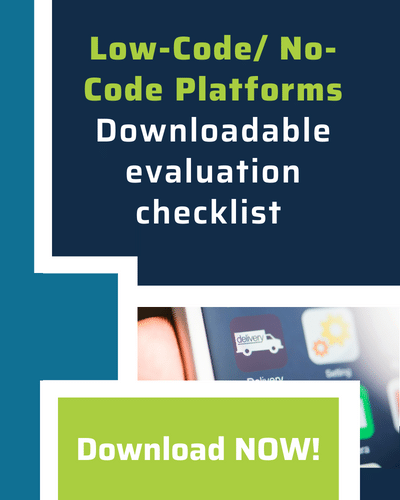Warehouse apps often fail in real operations.
They work in demos. They break in the field.
Here is why.
1. They fail without Wi-Fi
Many warehouse apps stop working when the signal drops. This happens in back aisles, yards, and freezer zones.
In 2022, a global logistics company using a cloud WMS reported downtime every time a forklift left Wi-Fi range. Pickers switched to paper.
Apps like this create delays and mistakes. You lose visibility. You lose time.
2. They only support some devices
Some apps crash on Zebra. Others don’t load on older Android models.
Real warehouses use mixed devices. The apps need to work everywhere.
On Google Play, a user wrote:
“App constantly crashes on Zebra TC57. We had to switch to manual entry again.”
3. They don’t fit your workflow
Many warehouse apps are rigid.
You scan how they tell you to scan.
If your process is different, you get workarounds or bad data.
On the SAP community:
“We use a custom scan sequence. The mobile app we bought didn’t support it. Our team went back to spreadsheets.”
4. Small changes take weeks
Apps that depend on ERP or IT teams are slow to adapt.
You want to add a reason code or change a field label.
You wait six weeks.
On Reddit:
"We had to wait 6 weeks to get a new reason code added to a transfer form."
That kills adoption.
Users stop trusting the tool.
5. They don’t sync with ERP in real time
Apps that only collect data cause problems.
They don’t post to ERP right away.
Stock appears available when it’s already picked.
From a NetSuite user:
“Inventory count app didn’t sync for 3 hours. Our system showed stock that was gone.”
6. They don’t guide the user
When something goes wrong, most apps freeze or stop.
Bad barcode? Missing bin?
No help. No skip. No error handling.
From Microsoft AppSource:
“No way to skip or report a problem scan. Team had to stop the job and call support.”
What to look for instead
- Offline-native
- Device-flexible
- Customizable without code
- ERP-integrated
- Built for real workflows
- Fast to deploy
- Clear in edge cases
If you're evaluating apps, use this list.
If you're stuck, try one that already works. See how a Warehouse AI Agent solves these issues:
[Read: Warehouse AI Agents: The New Standard for Digital Execution]
#WarehouseAI #AIExecution #NoCode #ERPIntegration #DigitalOps #OfflineApps #EdgeExecution




 Back
Back/Logo%20-%20black%20text%20blue%20pillar%20(large)-1.jpg)

